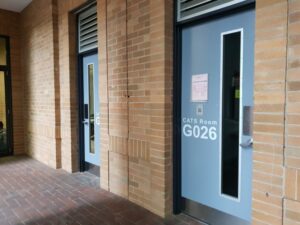-
5 Oct 2022
10:00 am - 11:00 am
Maedehsadat Mousavi, PhD Candidate, Centre for Advanced Solid and Liquid-based Electronics and Optics (CASLEO), School of Chemical Engineering UNSW
In person and online
Missed the seminar. Check it out on FLEET’s YouTube
Liquid metals (LMs) have unique characteristics that make them attractive for a variety of applications including next-generation electronic devices, sensors, catalysis, and biotechnologies. In addition, LMs establish dynamic liquid-liquid interfaces that are electrically conductive, atomically smooth and chemically active. Such characteristics make LMs promising electrochemical interfaces for synthesizing advanced niche products and thin films for a broad range of applications including catalysis, energy storage, and gas sensing. The synthesis via these interfaces is self-driven due to the presence of an autogenous interfacial potential on the liquid gallium-based alloys (e.g., EGaIn). Two ways to introduce precursor elements onto the LMs interface, either by dissolving metal elements into the alloy or dissolving precursor ions in the surrounding solution. The precursor ions diffuse towards the interface and transform into a product. The liquid-liquid interface, that Ga liquid alloys establish with other immiscible solutions, features intriguing interfacial chemistry, making such alloys a universal platform for the direct synthesis of sheet-like nanomaterials. Overall, utilizing liquid metal interfaces as media to drive reactions, which take advantage of their autogenous surface potential, represents a fast and direct protocol that can be further explored to synthesize a variety of functional nanomaterials.
In-person room details:




